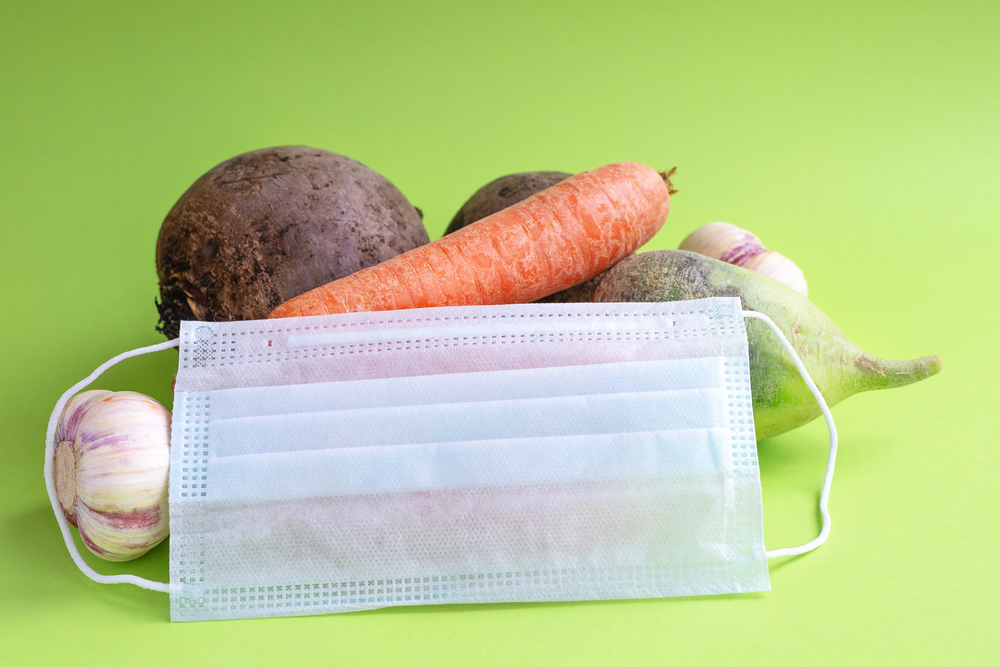Microsoft and Purdue University teamed up for a detailed index, going county by county.

The situation with the effects of COVID-19 on the agriculture industry moves so quickly that it can be difficult to get a broader view of things.
We see news stories about individual plant shutdowns or reopenings, some statistics about farmworker testing, and other item-by-item information. But when you start to wonder about the risk to all of the varied parts of the American agriculture industry, it can be difficult to tell what’s going on.
Microsoft teamed up with Purdue University—no relation to USDA chief Sonny Perdue—to use existing data to show the potential risk to agriculture posed by COVID-19. What they’ve created is called the Purdue Food and Agricultural Vulnerability Index, a publicly-accessible app that estimates the amount of production that’s at risk due to a few factors.
The index culls from Johns Hopkins University COVID-19 data, US census population data, and USDA data on the number of workers and crop production of each county in the country. The index combines all that information to essentially estimate the amount of production that is lost due to farmworkers who have tested positive for COVID-19.
You can drill down pretty deep in the tool; filtering by individual county allows you to see exactly what that county produces, how many confirmed cases there have been, and a prediction of the lost amount of production. The index tracks beans, cattle, hogs, chickens, wheat, rice, and vegetables, and estimates lost production by the pound, head, bushel, or acres, depending on the crop.
This sort of tool has certain strengths and weaknesses. It allows a sort of bird’s-eye view of the industry at large, which makes it very easy to spy potential problem areas. If the biggest pork-producing county in the country is experiencing a huge number of confirmed cases, the potential loss in production is going to show up, and be obvious to see.
But there are also some issues, in that, for one thing, we have to trust the USDA worker data, which is extremely limited given that estimates of farmworkers without legal status are known to be wildly inaccurate. We also have to depend on the accounting of COVID-19 cases, which varies state by state and is also not terribly accurate. Then there’s the problem that the number of active workers isn’t necessarily the only problem facing food production right now; it’s a big one, but there are also major infrastructure challenges. Farmers dumping their crops are still able to produce, but they won’t show up in the food system due to a lack of buyers or a way to get that food to existing buyers.
That said, this is still a really interesting and helpful piece of the puzzle, one that should help alert people to at least some major problem areas. And given the climbing price of food, this is something we all need to keep an eye on.